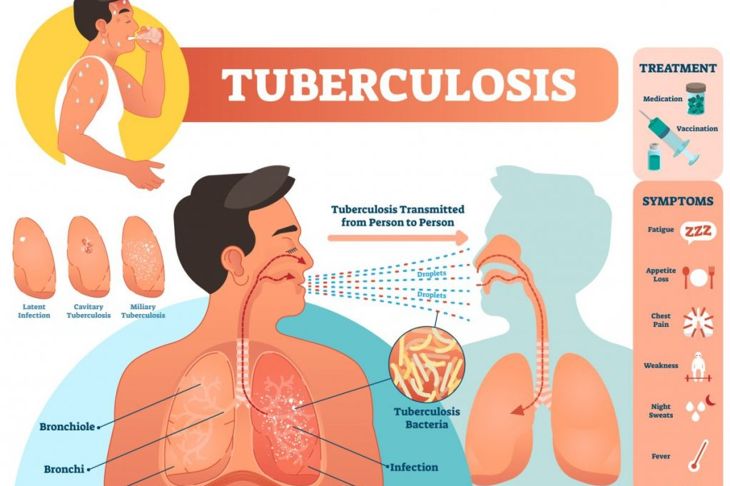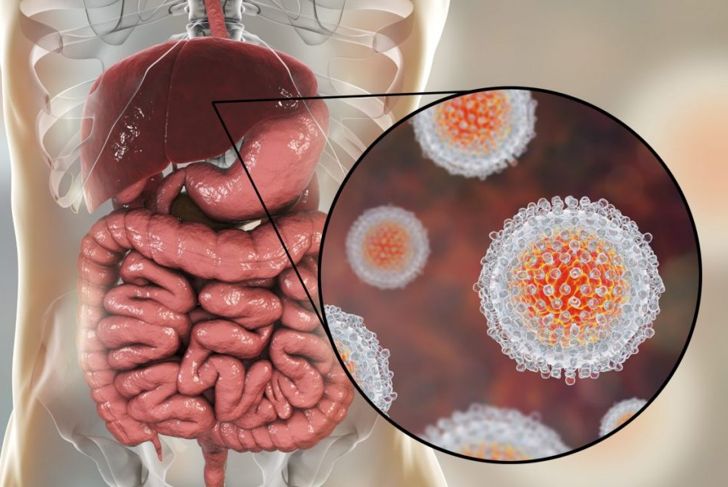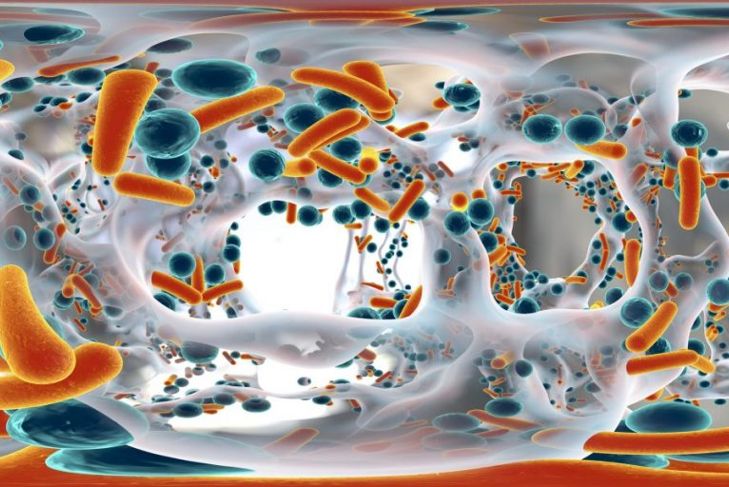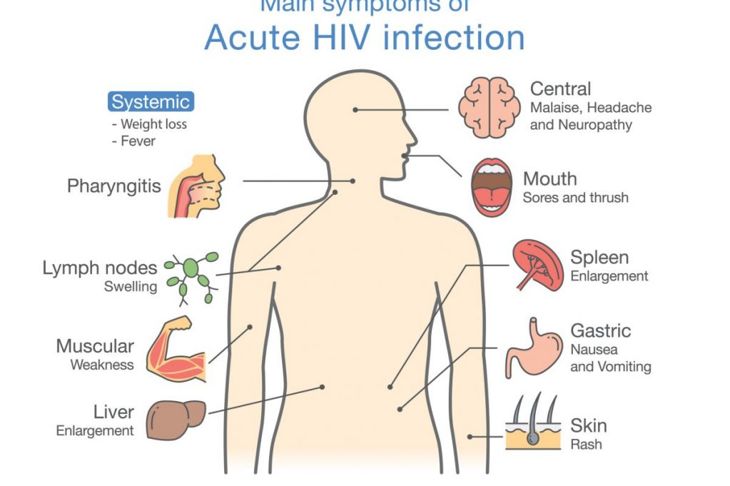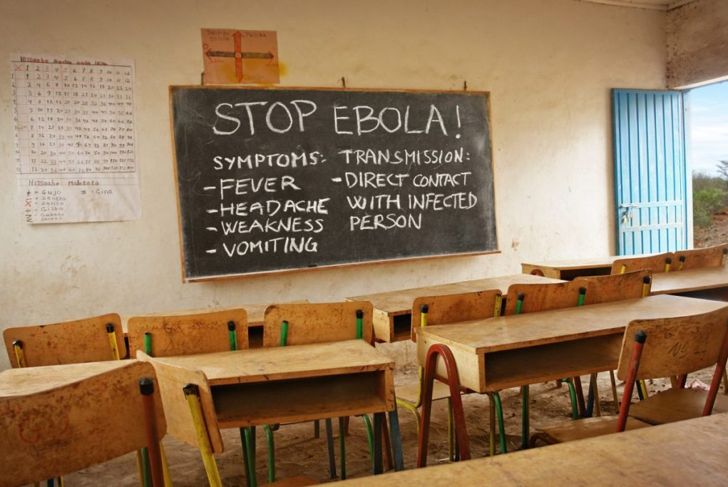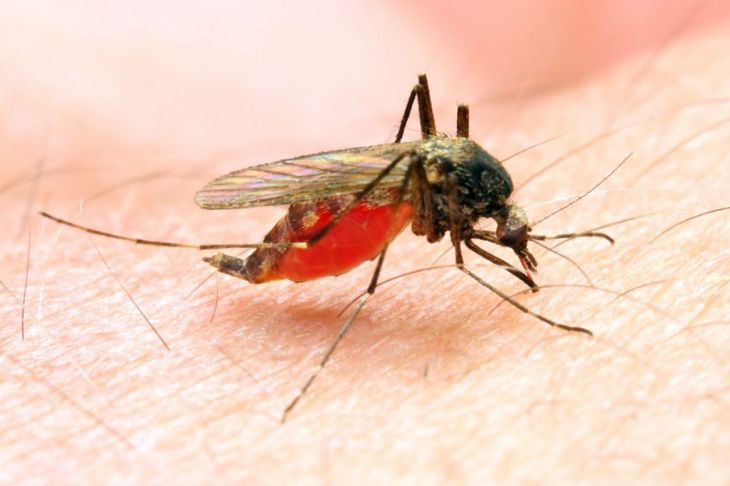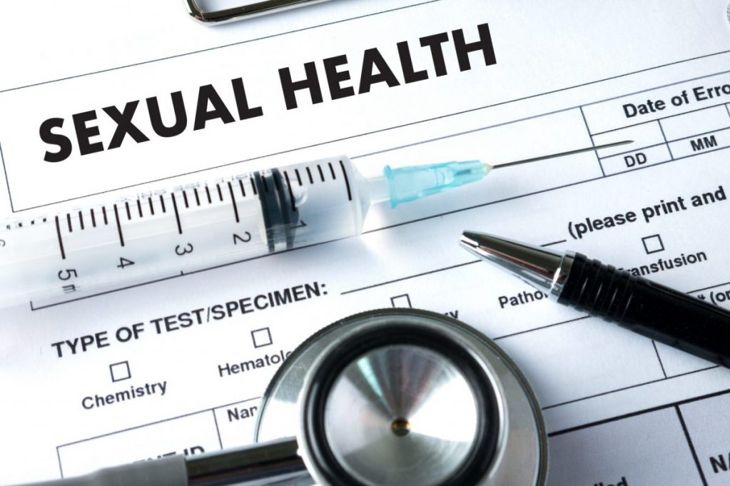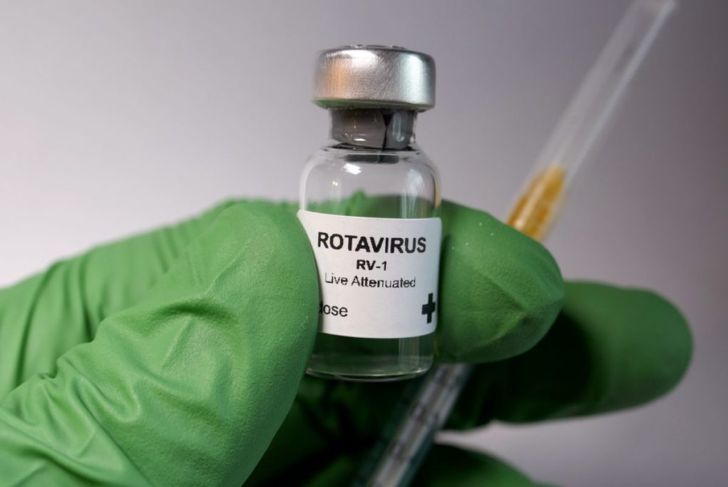Insects, contaminated food and water, sneezing, and unwashed hands are just some of the ways infectious diseases pass from one person to another. Communicable diseases cause significant health risks around the world, and new ones can appear at any time. They may follow a natural or manmade disaster, a bioterror attack, or a migration of groups of people from one geographical area to another. An international gathering could be a starting point for an outbreak. Some communicable diseases are preventable through vaccination; others are not.
Tuberculosis
One-third of the 7.7 billion people on Earth carry the tuberculosis (TB) bacterium. Coughing, speaking, or singing spreads this communicable disease through the air to others. The bacteria that causes TB attacks the lungs, but may also affect the spine, kidneys, and brain. There are two types of TB, and not everyone who is infected becomes sick or passes the disease on to someone else. Latent TB infections cause no symptoms and are not infectious. The only way to detect this version is a tuberculin skin test. TB disease may appear soon after the infection, or it may linger until the immune system becomes too weak to fight it off.
Hepatitis C
A highly infectious disease, hepatitis C affects millions of people around the world. This bloodborne virus impacts the liver and can cause both acute and chronic hepatitis C. Chronic infections frequently lead to cirrhosis of the liver. The disease transmits through exposure to small quantities of blood, such as during drug use, transfusions of unscreened blood, and unsanitary health care practices. Antiviral medications cure a significant number of those infected; however, a large percentage of people are unaware they have contracted hepatitis C and fail to seek treatment before becoming seriously ill.
MRSA
Drug-resistant staph infections are approaching epidemic proportions in certain regions of the US. Around 30 percent of people carry staph on their skin or in their noses. Usually, staph causes no major problems and clears up with antibiotics. MRSA stands for methicillin-resistant Staphylococcus aureus, a staph infection resistant to several common antibiotics. There are two types of MRSA: hospital-associated and community-associated MRSA. Practicing good hygiene and handwashing techniques is key to preventing MRSA. Avoiding contact with someone else’s wounds is important. Avoid sharing personal items such as razors, washcloths, or towels. These practices spread the bacteria.
HIV/Aids
More than 1 million people in the US live with HIV. The human immunodeficiency virus attacks the body’s T cells, which are an important part of the immune system. HIV transmits from person to person through specific body fluids. If left untreated, HIV progresses into acquired immunodeficiency syndrome, better known as AIDS. Despite treatment, HIV stays in the body forever, and there is no effective cure available. However, by taking a daily regimen of retroviral therapy drugs (ART), people living with HIV can lead healthy lives.
Ebola
A rare, but deadly disease, Ebola affects humans and primates. The Ebola virus interferes with the body’s ability to form blood clots. Outbreaks date back to 1976 in the Democratic Republic of Congo. Research points to it being spread initially by bats who transmitted the virus to other animals, including humans. Ebola spreads through direct contact with the bodily fluids of an infected person, or someone who has died from the virus. An individual can also become infected by touching the body fluids or tissue of infected fruit bats or primates.
Botulism
Medical practitioners consider all types of botulism infection medical emergencies. Although botulism is rare, it is a serious disease. Individuals who eat improperly canned or preserved foods can become ill due to foodborne botulism. Latrogenic botulism affects those who were injected with too much botulinum toxin, a popular remedy for wrinkles and other cosmetic issues. When bacteria spores enter the body and create a toxin, they cause wound botulism, infant botulism, or adult intestinal botulism. Symptoms range from difficulty breathing to paralysis.
Influenza
Influenza is a respiratory virus. Starting in late fall and continuing through the winter months, 200,000 people experience symptoms serious enough to require hospitalization. Seasonal flu occurs annually, and generally peaks between December and February. Officials encourage high-risk individuals to get a yearly flu shot. A few times each century, a pandemic strain of the flu affects not only the oldest, youngest, and chronically ill populations, but healthy people as well. People have no immunity built up to protect them from this type of virus.
Malaria
Anopheles mosquitoes are the only insects in the world that can infect a human being with malaria. A mosquito that fed on the blood of an infected person transmits the disease to other people. The malaria parasite lives in the red blood cells and, in rare cases, blood transfusions can transmit the disease. People do not spread malaria to other people like a majority of infectious diseases, but sexual intercourse can pass it along. Preventative medications are available for those traveling to countries with high malaria statistics. Flu-like symptoms, diarrhea, and anemia are common symptoms.
Sexually Transmitted Diseases
The Centers for Disease Control recently released a report that shows a steep increase in the number of sexually transmitted diseases (STDs) diagnosed in the US. Chlamydia, gonorrhea, and syphilis affect millions of people across the country and around the world. Without diagnosis and treatment, these diseases cause an array of health complications including infertility and pelvic inflammatory disease. Syphilis can also cause dementia and paralysis if untreated. Regular screenings are crucial for sexually active individuals. Antibiotics can cure most STD infections but cannot reverse damage resulting from the disease.
Rotavirus
The rotavirus vaccine, introduced in 2006, drastically cut the number of rotavirus cases in the US. However, medical communities say the rotavirus can infect anyone, including those who have been vaccinated against the disease and are otherwise healthy. Epidemics occur every two years, from the winter through the spring, in heavily populated places. Daycare facilities and adult assisted-living facilities experience outbreaks. Researchers suggest the outbreaks happen because of a lag in vaccination coverage. Symptoms include three to five days of watery diarrhea and abdominal pain. In addition to vaccinations, hand-washing is crucial for prevention.

 Home
Home Health
Health Diet & Nutrition
Diet & Nutrition Living Well
Living Well More
More